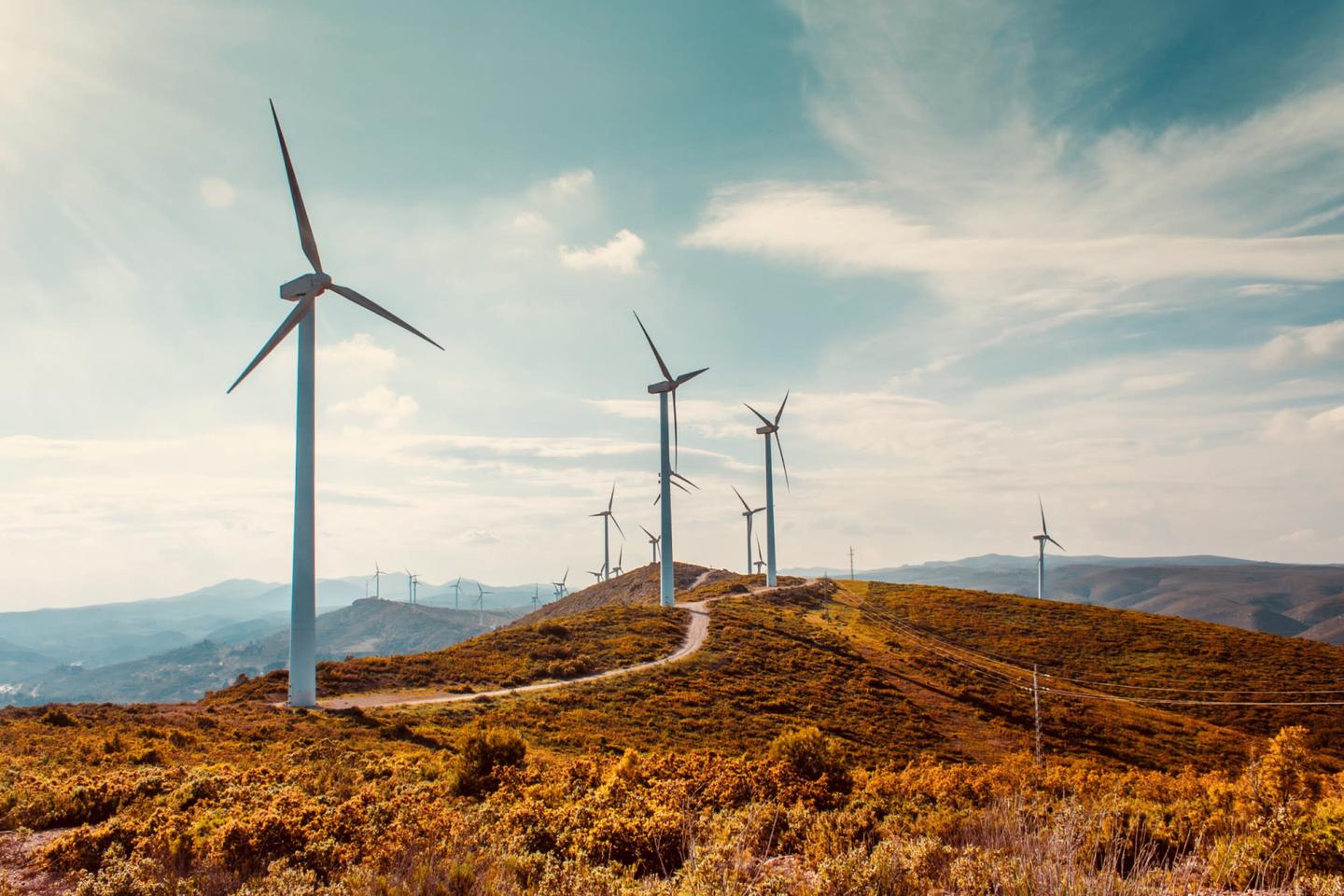Rebase Energy’s Sebastian Haglund on transparency, modelling and the future of digital energy
Europe’s energy markets are in flux. Even as prices stabilise after the crisis, volatility remains a defining feature and is reshaping how asset owners, traders, and technology providers think about risk. For digital innovators, this creates new opportunities from building smarter forecasting models to creating flexible Power Purchase Agreements (PPAs) that bridge the gap between production and consumption.

As part of Futurice’s Digital Energy 40, we spoke with Sebastian Haglund, CEO and Co-Founder of Rebase Energy, about why transparency, open data, and human-centred AI are critical for navigating uncertainty, and how empowering energy data scientists could unlock a faster, fairer transition.
What’s your assessment of the current European energy market?
With the energy crisis, the prices and market volatility both went up; we saw a clear link between those two variables. But now that spot prices have normalised, we’re still seeing high volatility, which suggests these two variables are decoupling. Weather-dependent systems experience a much more volatile market, which is great for flexibility providers and traders that can monetise that. So that’s a big thing happening on the power market side of things.
On the ecosystem side, the consequences are downstream. You have asset owners – wind farm owners, solar park owners, energy consumers – that weren’t used to risk pre-energy crisis, now needing to take on some risk since utilities and traders couldn’t absorb it all. Now we are seeing more and more innovative PPA providers trying to bridge the gap between the asset owners and markets. So I think there’ll be a lot of innovation in PPA creation, such as hybrid, storage-based and so on.
Tell us a little bit about your strategic approach to leveraging digital technologies and data.
What we do at Rebase is to give energy data scientists working with Python an amazing user experience for building and deploying energy forecast models, providing a much more open and transparent view of the data and insights using visualisations and explainable AI.
What differentiates us is our UX and DX: user experience and developer experience. It’s our ability to extract data in a way that enables a real understanding of what the insights are built on. Most forecasting tools just provide a string of numbers and not what’s behind the forecast – which weather models were the basis, and so on. What we do through the API-first approach is give a deeper view into the insights that we generate. Ultimately, we want to empower the energy data scientists to understand and make data and AI-driven decisions when it comes to their operations.
I think with AI generally, the coding tools that are the most successful are the ones putting the human at the centre. We really believe in this set-up, where humans are always in control of the algorithms and can make decisions from it, rather than a surveillance situation where you have an algorithm running loose and then a human there to observe.
We have this saying in modelling that you want to have the biggest model because then you’re probably right, but the fact is that even the statisticians who created early machine learning knew there’s no perfect model. British statistician George Box said ‘all models are wrong but some are useful’, and I think that is really where we need to go as a market – not everyone trying to build up the perfect algorithm, but critiquing different algorithms and understanding how to drive value from them.
What key initiatives could strengthen the industry’s digital ecosystem?
Initiatives around open data and open-source will bring more transparency and trust to energy models, creating a ripple effect across the ecosystem in areas such as interoperability. That could be the IoT stack having something like “Bluetooth for energy devices”, but also other types of interoperability between APIs, open source models, market interfaces; creating this base layer will facilitate innovation and enable the whole digital ecosystem to run much faster.
What policies and support do you want to see from governments and EU stakeholders?
I’m not a politician, and I don’t know that world, but when I see politicians talking about energy, it feels like point-scoring. Some make quick points about why nuclear is great, some why it’s bad. Some are for interconnection, some are against. I think it would be amazing to have more open data and open-source to back up claims – then it would be possible to audit the assumptions in a completely different way. If a leader is going to say ‘We believe nuclear is the way forward’ then also say ‘because we’ve modelled the other scenarios and here’s all the data and assumptions that led us to this conclusion, and if you don’t agree please challenge us’. They would need to ground the claims in science and be upfront about assumptions.
Which emerging players and innovations in your market are ones to watch?
Battery optimisers and PPA providers like Flower in Sweden, for instance, and virtual power plant providers like Emulate, trading software and trading optimisers, like Optimeering. They are all doing really cool stuff in different parts of the stack. As a company, we want to play well with other providers – instead of merely competing, we want to push the envelope together. A win-win mindset enables us to run much faster towards the energy transition, because at the end of the day, we’re in the same boat, right?
What’s your personal vision for advancing the digital energy transition?
I’m biased, but there’s so much more to do in modelling, transparency and open data around the end transition. With better tooling, we can unlock a completely new paradigm in decision-making and optimisation in the energy industry. I’m not naive about it, a model is just a model – the energy sector is an infrastructure sector, so software alone won't cut it. But it can have this multiplier effect, and make the transition faster and cheaper.
Europe’s energy transition is entering a new phase where volatility is no longer a temporary shock but a structural reality. Building resilience means more than adding renewables — it requires digital tools that make sense of complexity, enable real-time flexibility, and create trust through transparency and open data. The winners will be those who can turn uncertainty into opportunity by combining infrastructure with intelligence.
The Digital Energy 40 highlights the companies leading this transformation. Download the full report to discover the innovators shaping Europe’s digital backbone for a cleaner, smarter energy future. If you’re curious about how AI, data and digital platforms are shaping the energy transition and what that could mean for your organisation, we look forward to hearing from you.
 David MitchellChief Growth Officer
David MitchellChief Growth Officer





